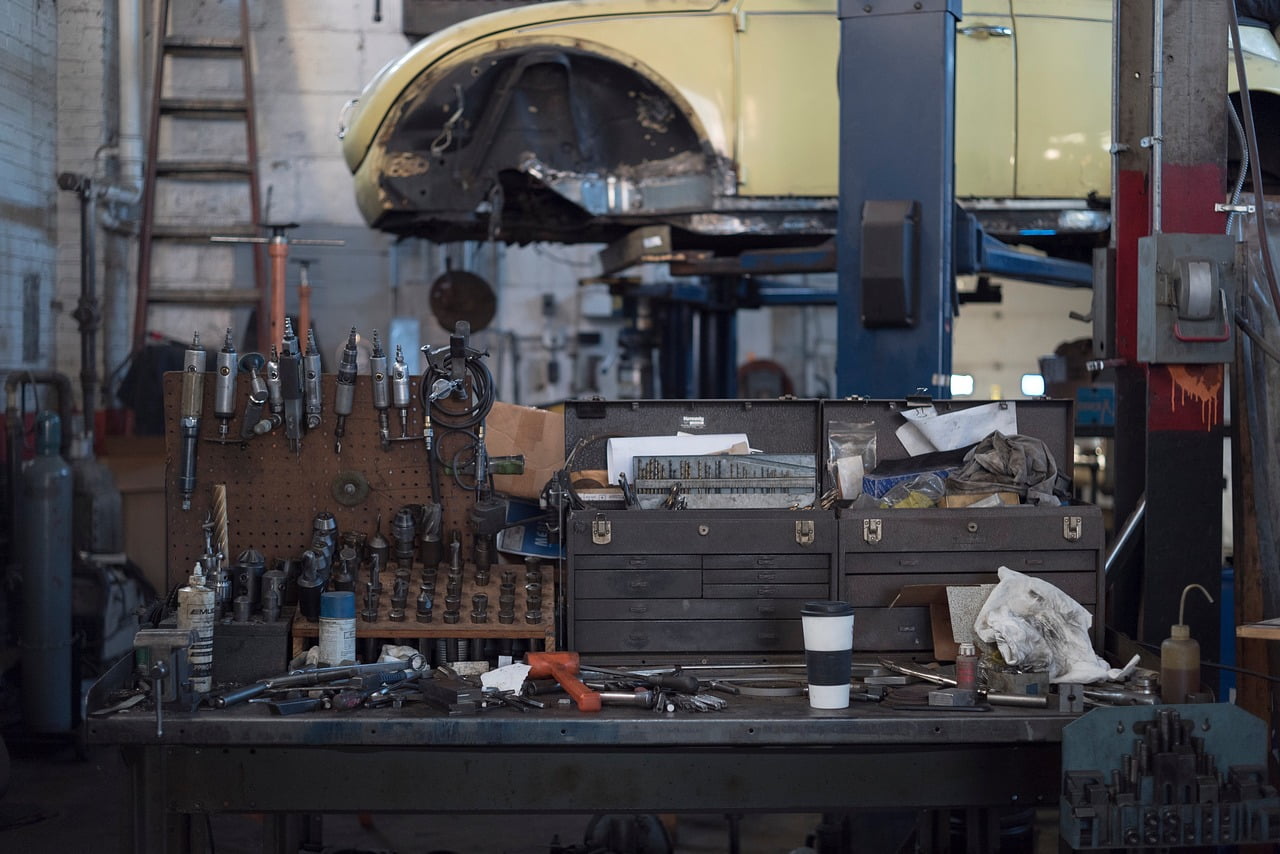Technology is transforming industries all over the world – and the US manufacturing sector is no exception. From machine learning and AI to automation and inventory management software, technological developments are changing the way in which America produces goods. In fact, this change has proved so transformative that it’s even referred to as the Fourth Industrial Revolution (otherwise known as Industry 4.0).
[acctivistinvesting]Q3 2020 hedge fund letters, conferences and more
In this article, we’ll be taking a closer look at the tech that’s driving this revolution. Read on to find out how technology is transforming the world of US manufacturing.
1. Automation and Robotics
Sci-fi may be filled with sinister robots, but the robotic machines that are found on America’s factory floors are actually some of the most important safety measures in the industry. Robotic arms, for example, are frequently used to carry out experimental new practices. This means that factory owners can review any potential health and safety concerns before human workers take up the role.
In cases where some of the most necessary jobs are also some of the most dangerous, robots can become permanent employees, saving their human colleagues from having to endanger themselves at work. Not only does this make the work environment safer – it also boosts efficiency and reduces the risk of error.
2. 3D Printing
According to CB Insights, almost 60% of US manufacturing companies have started using 3D printing (commonly known as 3DP) to improve the process of developing new products. But it’s not just being used to make prototypes – it also has huge potential to increase efficiency in mass-manufacturing.
52% of manufacturers now believe that 3DP will become widely used for high-volume production in the next 3 to 5 years. For highly consistent product runs, this will reduce the variation that can occur as a result of human error. And with the news that the American company Tesla plans to invest in new 3DP technology, it seems this technology is only going to become more revolutionary.
3. Augmented Reality (AR)
Another technology that’s rapidly shaping the US manufacturing industry is augmented reality (AR). Alongside its close relative virtual reality (VR), this is becoming one of the driving forces behind the industry’s increasing capacity for personalisation.
When it comes to manufacturing specialist or bespoke products, AR can help workers visualise the end result. Whether it’s furniture for custom dimensions, specialist products such as bionic limbs, or simply modular equipment, this so-called cyber-physical tech is able to create accurate images that can increase the chance of crafting successful end products.
Inventory Tracking Software
In any manufacturing role, managing your stock of raw materials is one of the most important ways to streamline operations. The rise of inventory software has proved instrumental in enabling workers to monitor their stocks, automatically reorder materials, and ultimately streamline their supply chains.
Many examples of inventory tracking software are fully integrated, which means that workers can automate sending invoices, placing orders, and paying outstanding balances. This helps to reduce the chance of either under and overstocking, which prevents a huge amount of waste – both physical and financial – from occurring.
Over the last 10 years, we’ve seen a huge number of technological changes that have utterly transformed the US manufacturing industry. What new changes should we expect to see in the next 10?





